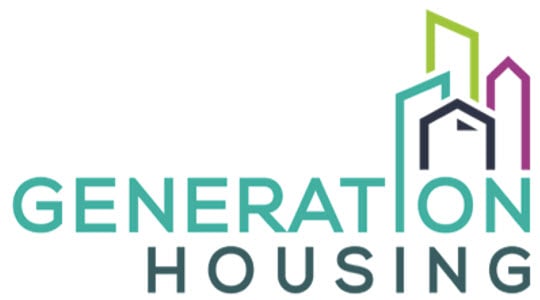Through our experience working with jurisdictions on the Prohousing Designation – and tracking proposals from across the state – Generation Housing has designed its North Bay NEXT policies to build on the best practices and award-winning policies. There is no silver bullet to tackle the housing shortage, but holistic approaches that address land use, financing, the housing approval process, and minimizing costs such as parking stand a better chance of bringing rents and housing costs in line with median incomes. In the spirit of the Prohousing designation, which focuses on comprehensive solutions to barriers to housing, we outline here the five Action Steps of our North Bay NEXT proposal in greater detail:
Bring Millions to Fund Housing
The Bay Area Housing Finance Authority (BAHFA) intends to put a $10-$20B bond on the 2024 ballot to fund the development of necessary housing in the nine county Bay Area. The regional bond will unlock billions of dollars to construct up to 45,000 affordable homes serving over 500,000 Bay Area residents over the coming decades. This measure will also raise billions for the preservation of existing affordable housing and ensure protection for at-risk tenants.
Zone for People
A typical single-family home is too big and too expensive for many residents of Sonoma County. According to the UC Berkeley Terner Center, single-family homes are, on average, 2.7 times more expensive than units in duplexes or triplexes. “Missing Middle” homes, small plexes with 2-19 units, account for only 12 percent of all homes below 10 units in Sonoma County, and are a more attainable housing option to families who make about 50-110 percent of area median income. Allowing up to 4 plex housing in all single-family zones and up to 6 units within one mile of a transit stop, when paired with FAR, setback, and height standards suited for plex-style housing, has been implemented in Portland, Oregon. Now, nearly half of its yearly permits are for plex-style housing. If we can double the area zoned for Missing Middle small apartment complexes we will achieve the land-use flexibility to meet our need for 58,000 homes by 2030.
Fast & Fair
Design review boards are a form of discretionary review that double the time to approval for multifamily housing, according to a UCLA study. With construction costs rising annually between 9 and 13 percent over the last two years, according to the DGS California Construction Cost Index, Sonoma County’s average time of 2.16 years between application and completion for plex-style projects has the potential to add over 20% in costs to gentle density projects. Consolidating design review boards has no impact on the quality of housing that a city approves. Under the Santa Rosa Resilient City modifications, for example, the city minimized the number of review sessions. In addition to slowing the process, design review boards introduce personal preference into a policy problem that is best served by objective solutions. Granting a veto on new housing to unelected volunteers based on their personal aesthetic taste is not only inefficient but lacks accountability. Currently, only 15% of currently serving members are non-white, and only 5% are Latino, making these boards unrepresentative of the communities they serve. Cotati, Petaluma, and Healdsburg have already made progress by collapsing DRBs into their planning commissions. This accelerates housing projects while still ensuring transparency and accountability in decision-making.
Incentivize Affordability
We call on all jurisdictions to temporarily waive impact fees on all affordable housing projects for a period of three years. Crucially, it supports the development of affordable housing at a time when high-interest rates threaten to make upcoming projects financially impossible. The city of Petaluma – recognizing that it was underperforming in its permitting of affordable housing units – voted to waive all impact fees on affordable housing in 2022. Impact fees amount to less than 2% of our cities’ revenue. If housing is a top priority, a 2% budget adjustment is a reasonable action in line with that priority.
People & Planet Over Parking!
Parking minimums on new residential construction are a staple of every municipal code in the county. According to TransForm, at least one parking space is mandated for each new housing unit, and often the mandate rises to 1.5 or 2 spaces per unit. This parking is not free: its cost is hidden in the price of development and bundled into rent and sale prices. A national survey of rental units found that the bundling of garage parking into tenants’ overall rental costs increased rents by 17%. Meanwhile, in Minneapolis, cuts and eliminations to parking minimums alone drove down rents on new studio apartments from $1,200 per month to less than $1,000. Removing minimums doesn’t just bring down the costs of new housing. It also saves projects that would otherwise never get built at all, thanks to parking mandates that make the project financially infeasible or take up too much physical space on the lot.
